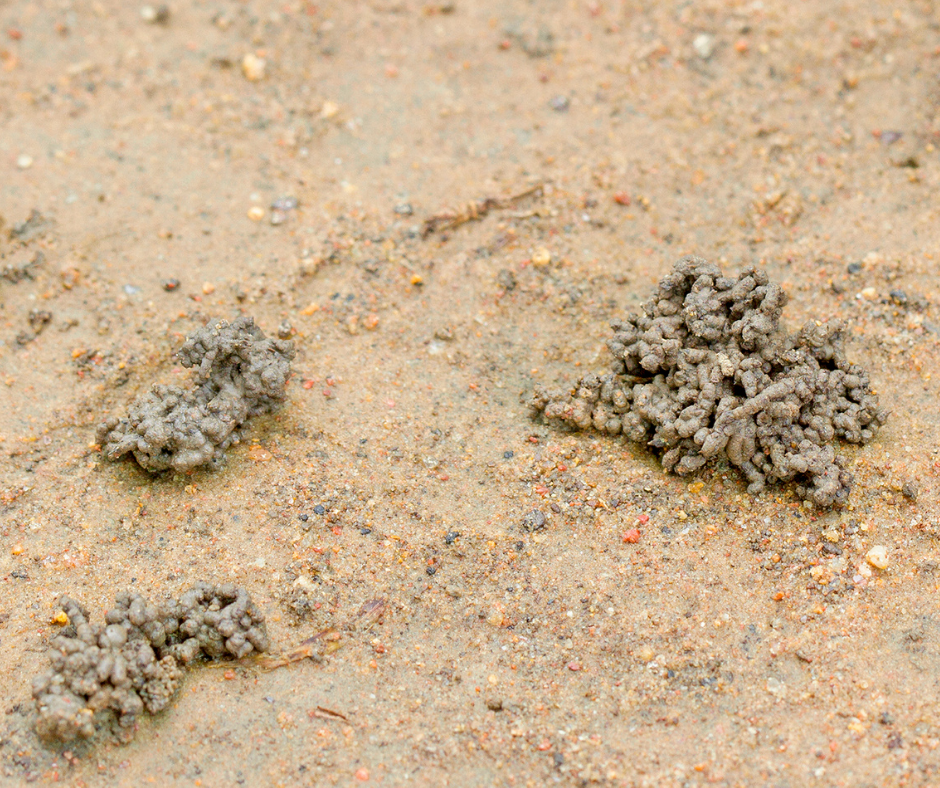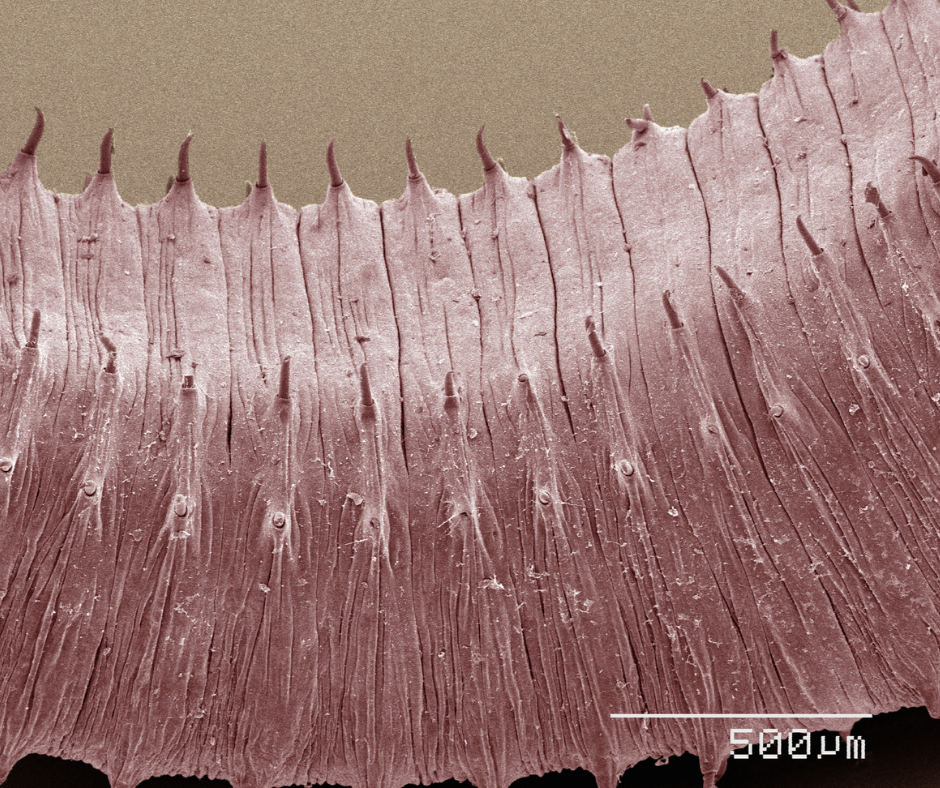ECO-EXPLORER, SCIENCE FOR KIDS
Hi Kids!
When hiking at Wind Wolves Preserve, you will likely come across some animal scat, which is the scientific term for poop. Coyotes and bobcats, especially, tend to use our trails as their toilet. What happens to all this scat? Nature has a way of recycling waste, like scat and dead plant and animal matter, turning it into something useful for other organisms. Some animals, like millipedes, slugs, and earthworms, eat waste, breaking it down into smaller parts. They are called detritivores. Certain fungi and microscopic bacteria can break down waste into even smaller parts, releasing carbon and nutrients like nitrogen, phosphorus, and calcium into the soil for plants to take up with their roots. These organisms are called decomposers. With no stomach, they digest food outside their bodies, absorbing nutrients like a sponge soaking up water.
A common detrivore on our trails is the darkling beetle, a large, black insect that has a stinky defense. When scared, the darkling beetle will do a “handstand,” raising its abdomen in the air before releasing a smelly spray.
Darkling beetle Credit: LPETTET (via Canva)
Earthworms are detritivores with other important jobs in the ecosystem too. For instance, they mix soil as they move up and down through the dirt. During the day, they usually remain underground, but at night they move to the surface, bringing with them nutrients in their casts (earthworm scat). They also aerate the soil with their tunnels, creating air pockets for water to enter and for roots to grow. The common earthworm (Lumbricus terrestris), also known as a night crawler, is frequently found across North America but is originally from Europe.
The next time you see an earthworm, such as on a rainy day, take a closer look! Earthworms are classified as segmented worms, due to the sections in their body. Each section is called an annuli. Gently hold the earthworm in your hand, and you might feel its tiny bristles, called setae, which it uses to help “grip” surfaces while crawling and burrowing. How do you know which end is the front? The mouth is closest to the saddle, a thick, belt-like section of the worm’s body. The saddle (clitellum) produces a mucus for protecting the earthworm’s eggs.




